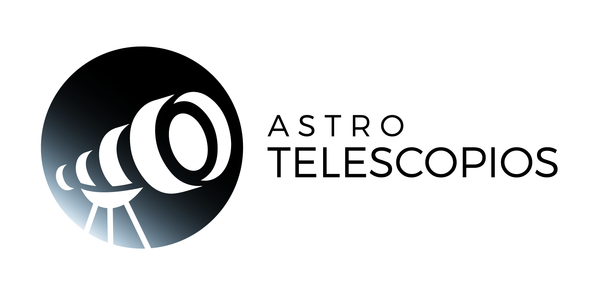
Differences between Meteorite, Meteor, Asteroid and Comet
In the vast and fascinating universe, there are various celestial bodies that often cause confusion due to their similar names and characteristics. However, each one has unique characteristics that clearly differentiate them. Next, we will explain the differences between meteorite, meteor, asteroid and comet.
What is an asteroid?

Asteroid Vesta is the second most massive object in the asteroid belt and the third largest, with a main diameter of about 530 kilometers and an estimated mass of 9% of the entire asteroid belt. NASA's Dawn spacecraft studied Vesta from July 2011 to September 2012. The towering mountain at the south pole, more than twice the height of Mount Everest, is visible at the bottom of the image. In the upper left you can see the set of three craters known as the "snowman". Source: NASA
Asteroids are rocky bodies that orbit the Sun, mainly in the asteroid belt located between Mars and Jupiter. Unlike planets, asteroids are much smaller and have irregular shapes. They are mainly composed of rock and metal materials. Some of the largest asteroids, such as Ceres and Vesta, are large enough to be classified as dwarf planets.
What is a comet?

Halley's Comet, officially named 1P/Halley, is a large, bright comet that orbits the Sun every 76 years on average; Its orbital period is 76 years. Orbit of Halley's Comet, generated with the Celestia program.
Comets are celestial bodies composed of ice, dust and rocky materials. They orbit the Sun in very eccentric elliptical paths, allowing them to get very close to the Sun and then move away to the edge of the solar system. When a comet approaches the Sun, the heat causes the ice to sublimate, creating a hazy atmosphere called a coma, and often a tail that can extend for millions of kilometers. This tail always points away from the Sun due to the pressure of the solar wind.
What is a meteor?

The term "meteor" refers to the luminous phenomenon that occurs when a fragment of space material enters the Earth's atmosphere and burns up due to friction with the air. This flash of light is what we commonly call a "shooting star." Meteors are generally very small fragments of comets or asteroids that disintegrate completely before reaching the Earth's surface.
What is a meteorite?

The meteorite, small in size (45x31x20 centimeters), was found in 1980 in a work and grazing field near Retuerta del Bullaque (Ciudad Real, Spain), by Faustino Asensio, when he was with his father taking care of the cattle.
When a meteor fragment does not completely disintegrate in the atmosphere and manages to reach the Earth's surface, it is called a meteorite. These fragments can range in size from small grains to large rocks. Meteorites provide valuable information about the composition of the early solar system, as many of them are remnants of asteroids or comets dating back to the beginning of the solar system.
Summary of the Differences between asteroid, comet, meteor and meteorite
- Asteroid: Rocky and metallic body that orbits the Sun, mainly between Mars and Jupiter.
- Comet: Body of ice and dust with an elliptical orbit, which develops a coma and a tail as it approaches the Sun.
- Meteor: Luminous phenomenon that occurs when a fragment of space material enters the Earth's atmosphere and burns.
- Meteorite: Fragment of meteor that survives the atmosphere and reaches the Earth's surface.
In conclusion, although these terms are often used interchangeably, each describes a specific phenomenon or type of spatial object. Understanding these differences helps us better appreciate the diversity and complexity of the cosmos around us.
Can I see comets, asteroids, meteors and meteorites?
In theory, comets are visible, some with the naked eye, others with telescopes or binoculars, and "they behave like planets in the sky", that is, since they have an orbit as explained above, when they approach planet Earth it is possible to observe them for everything that one or more nights allows us.
Meteors and meteorites, popularly called "shooting stars" are visible to the naked eye, usually accompanied by a flash in the sky. These bodies are easily sighted mainly in very dark skies. Its frequency is constant, since the Earth receives constant impacts from these small rocks.
While asteroids are much more difficult to see, the moons of Mars: Phobos and Deimos, are asteroids trapped by the planet and with powerful telescopes it is possible to see how sunlight bounces off their surface and makes them shine very faintly.

